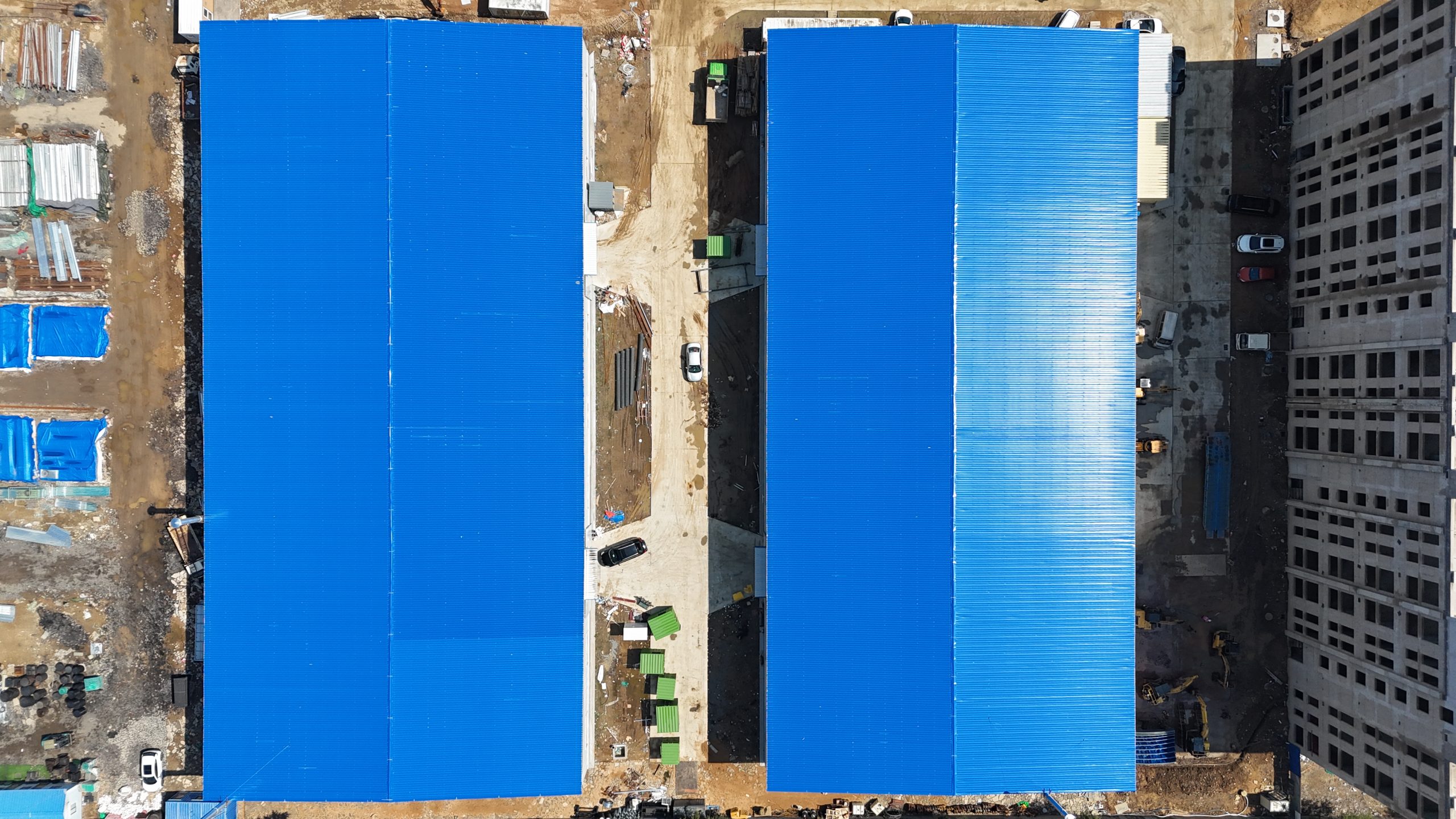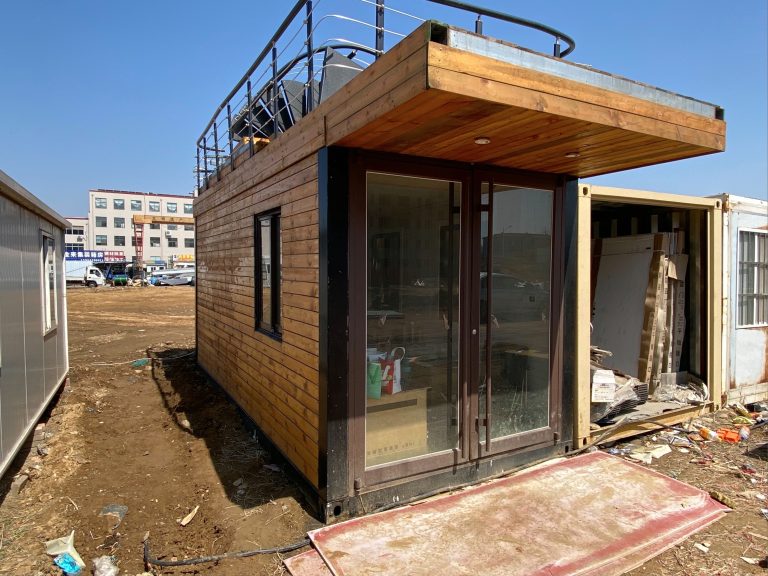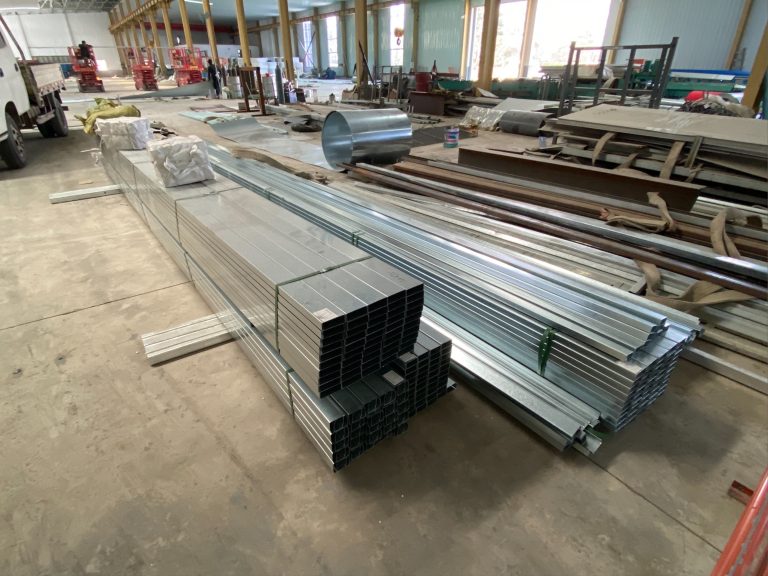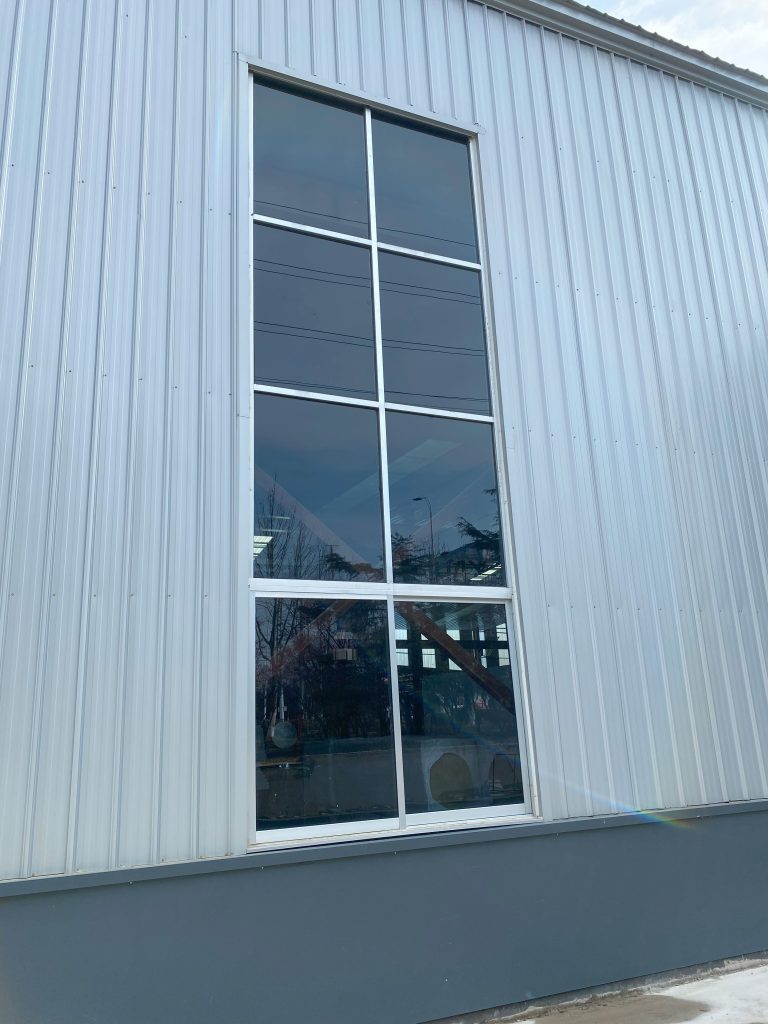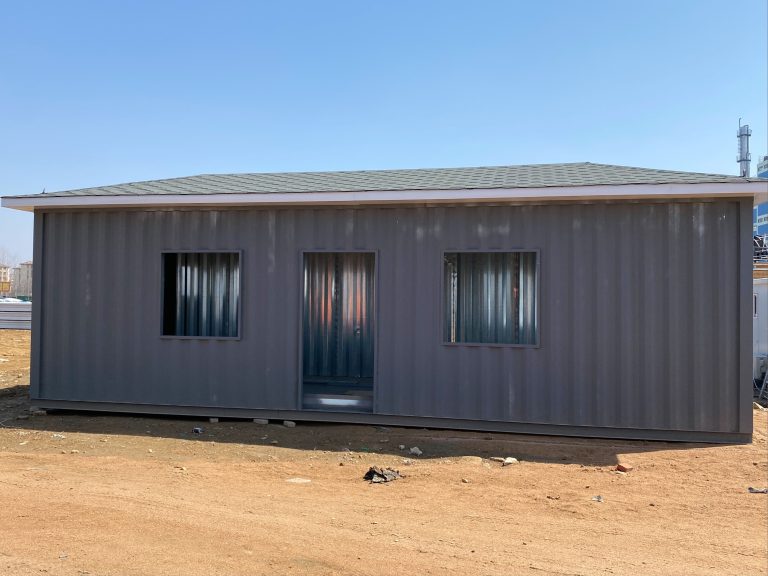Green construction and energy saving design of steel structure residential buildings
Inhoudsopgave
Benefits of Green Construction in Steel Structure Residential Buildings
Green construction and energy-saving design have become increasingly important in the construction industry as the world faces the challenges of climate change and environmental degradation. One area where these principles are being applied is in the construction of steel structure residential buildings. Steel is a versatile and durable material that is commonly used in construction, and when combined with green construction practices, it can result in buildings that are not only environmentally friendly but also energy-efficient.
One of the key benefits of green construction in steel structure residential buildings is the reduction of energy consumption. By incorporating energy-saving design features such as high-performance insulation, energy-efficient windows, and passive solar heating, these buildings can significantly reduce their energy usage. This not only helps to lower utility bills for residents but also reduces the overall carbon footprint of the building.
In addition to energy savings, green construction in steel structure residential buildings can also improve indoor air quality. By using low-VOC (volatile organic compound) materials and incorporating proper ventilation systems, these buildings can create a healthier living environment for residents. This is especially important as poor indoor air quality has been linked to a variety of health issues, including respiratory problems and allergies.
Furthermore, green construction in steel structure residential buildings can also help to conserve natural resources. Steel is a highly recyclable material, and by using recycled steel in construction, builders can reduce the demand for new raw materials. Additionally, green construction practices such as water-efficient landscaping and rainwater harvesting can help to conserve water resources, which are becoming increasingly scarce in many parts of the world.
Another benefit of green construction in steel structure residential buildings is the potential for cost savings over the long term. While the initial cost of incorporating energy-saving features may be higher, the savings in energy bills and maintenance costs can often offset this initial investment. Additionally, green buildings may qualify for tax incentives and rebates, further reducing the overall cost of construction.
Green construction in steel structure residential buildings can also have a positive impact on the surrounding community. By reducing energy consumption and greenhouse gas emissions, these buildings can help to mitigate the effects of climate change and improve air quality. Additionally, green buildings can serve as a model for sustainable construction practices, inspiring other builders to follow suit.
In conclusion, green construction and energy-saving design in steel structure residential buildings offer a wide range of benefits, from energy savings and improved indoor air quality to resource conservation and cost savings. By incorporating these principles into construction practices, builders can create buildings that are not only environmentally friendly but also provide a healthier and more sustainable living environment for residents. As the construction industry continues to evolve, it is essential that we prioritize green construction practices to ensure a more sustainable future for generations to come.
Implementing Energy Saving Design in Steel Structure Residential Buildings
Green construction and energy-saving design have become increasingly important in the construction industry as the world strives to reduce its carbon footprint and combat climate change. One area where these principles can be applied is in the design and construction of steel structure residential buildings. Steel is a versatile and durable material that is commonly used in construction, and by incorporating energy-saving design features, these buildings can be made more sustainable and environmentally friendly.
One key aspect of energy-saving design in steel structure residential buildings is the use of high-performance insulation materials. Proper insulation helps to reduce heat loss in the winter and heat gain in the summer, which can lead to significant energy savings over time. By using materials such as spray foam insulation or rigid foam boards, builders can create a more airtight building envelope that minimizes energy waste.
In addition to insulation, the orientation and layout of a steel structure residential building can also impact its energy efficiency. By positioning the building to take advantage of natural light and ventilation, designers can reduce the need for artificial lighting and mechanical cooling systems. This not only saves energy but also creates a more comfortable living environment for residents.
Another important consideration in energy-saving design is the use of energy-efficient windows and doors. By choosing windows with low-emissivity coatings and insulated frames, builders can minimize heat transfer and improve the overall energy performance of the building. Similarly, selecting energy-efficient doors with proper weather sealing can help to reduce drafts and improve comfort levels for residents.
Incorporating renewable energy sources into the design of steel structure residential buildings is another way to enhance their energy efficiency. Solar panels can be installed on the roof to generate electricity, while solar water heaters can be used to provide hot water for residents. These systems not only reduce the building’s reliance on fossil fuels but also help to lower utility bills for residents.
In addition to these design features, green construction practices can also play a role in making steel structure residential buildings more sustainable. Using recycled materials in construction, such as recycled steel or reclaimed wood, can help to reduce the environmental impact of the building process. Similarly, implementing water-saving fixtures and landscaping techniques can help to conserve water resources and reduce the building’s overall environmental footprint.
Overall, implementing energy-saving design in steel structure residential buildings is a critical step towards creating more sustainable and environmentally friendly living spaces. By incorporating high-performance insulation, optimizing building orientation, using energy-efficient windows and doors, and integrating renewable energy sources, builders can create buildings that are not only energy-efficient but also comfortable and healthy for residents. Green construction practices, such as using recycled materials and water-saving fixtures, further enhance the sustainability of these buildings. As the construction industry continues to prioritize sustainability, the design and construction of steel structure residential buildings will play a key role in creating a more sustainable built environment for future generations.
